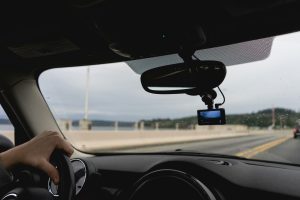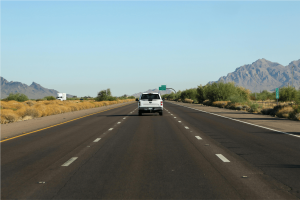Dash cams are becoming increasingly popular globally these days. In the UK for example, it is estimated to be home to between two and three million in use, and in other countries too like Japan and Taiwan.
If you frequently visit YouTube, you have probably seen some of the ones from Russia, where they seem to be a must to avoid fraud and purposeful damage and accidents. Oh and some are quite funny, others are just mind-bogglingly alarming.
Increasingly Widespread in Today’s Vehicles
Dash Cams have been a little slow to gain traction here in Australia, but that is changing. The logic behind their use is hard to ignore. for various legal reasons. As Bill Gremminger, an early advocate of dash cam technology once said, “video is the great equaliser. It does not lie”, and that is quite true.
How often have you watched the news with our Police force asking for Dash Cam footage to help in accidents and beyond. Once the technology was particularly expensive, bulky and difficult to use, but with the average price now around 60% cheaper, it makes it more affordable and certainly makes sense to have.
The Insurance Council of Australia recently identified that 7% of the country’s drivers use a dash cam and 13% of the remainder intend to install one within the next twelve months, motivated by the desire to combat vehicle vandalism, theft and accidents by using this relatively cheap method of car CCTV.
One of the market’s main manufacturers has referenced that a rear-end collision is the most frequent type of accident in Australia. Although not all insurers accept footage in claims, drivers not at-fault are more increasingly being able to prove their innocence with footage of the event. Motorcycle riders, too, are also utilising the technology.
Recently, Nippon Rent-A-Car in Japan made the decision to install dashboard cameras in all new vehicles introduced to its fleet. It is likely many more vehicle rental companies will follow suit, both in their own interests and particularly those of their customers who may be increasingly concerned over collision and damage charges.
How do they work?
Dash cams are mounted either onto the dashboard, rear vision mirror or windscreen of your car. This is done through a 12 volt power source or by hardwiring the device to your car’s power supply. It films in segments which load onto a micro SD card. When this is full, it records over the last clip. This way, a dashcam never runs out of memory.
Higher end options come with handy features such as GPS tracking and G-sensors, which save segments automatically when impact is detected. At the same time, they record your speed and location. Another feature is Wi-Fi capabilities. This allows you to transfer the footage onto your smartphone using an app.
The technology these days have evolved from a grainy film to a high-end 4k version with night vision and they record in front and behind as well, depending of course on where it is mounted.
WHAT ABOUT YOU
In a word, evidence. Having a dash cam in your car means supporting evidence at your fingertips – should you be involved in a car accident or witness one.
The devices are conveniently placed to observe the whole of the road ahead, therefore any accident which you happen to see or be involved in is going to be recorded. Road rage, drink driving and other dangerous behaviour behind the wheel are prevalent. However, a dashboard camera can help police and other law enforcement punish offenders before the worst-case scenario happens.
Autospark stocks a range of the most popular and best of brand versions to choose from like Gater and BlackVue and they fit it too of course. If you need advice, you can always rely on the professionals at Autospark for the best in Dash Cams.





